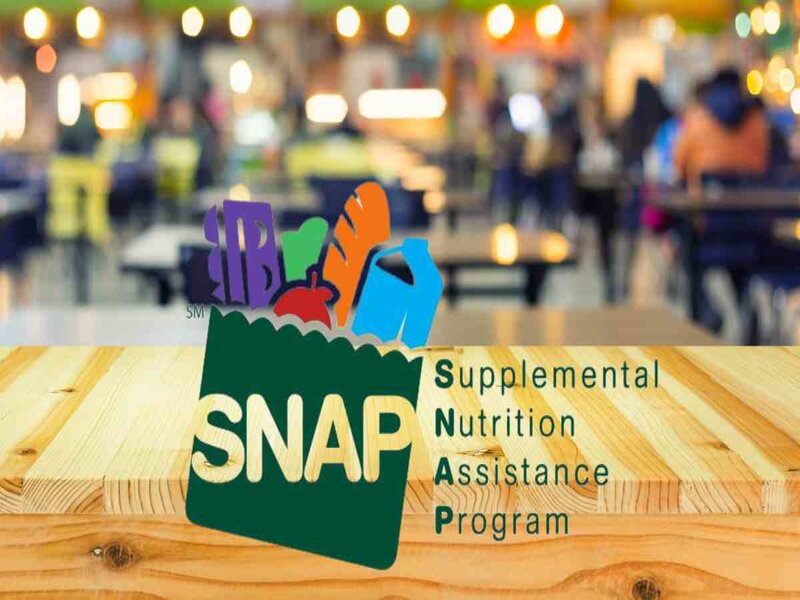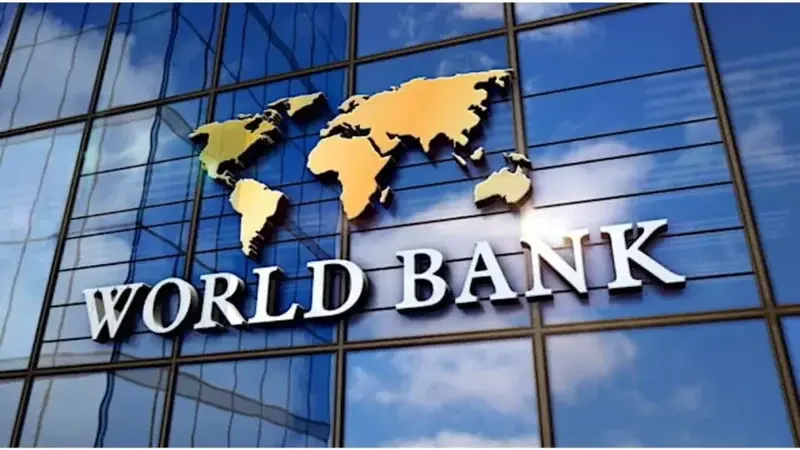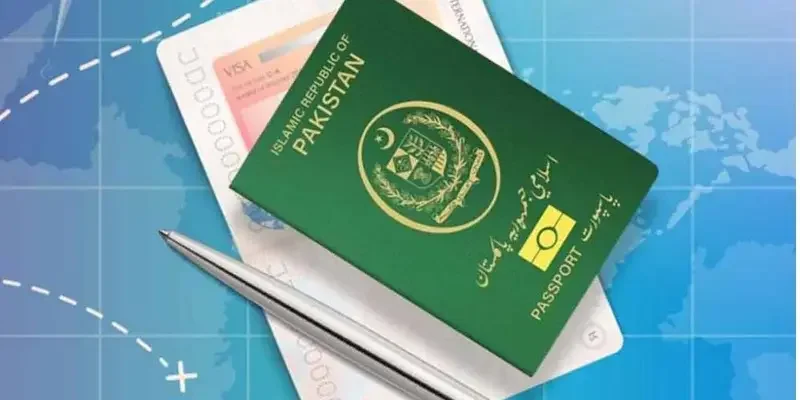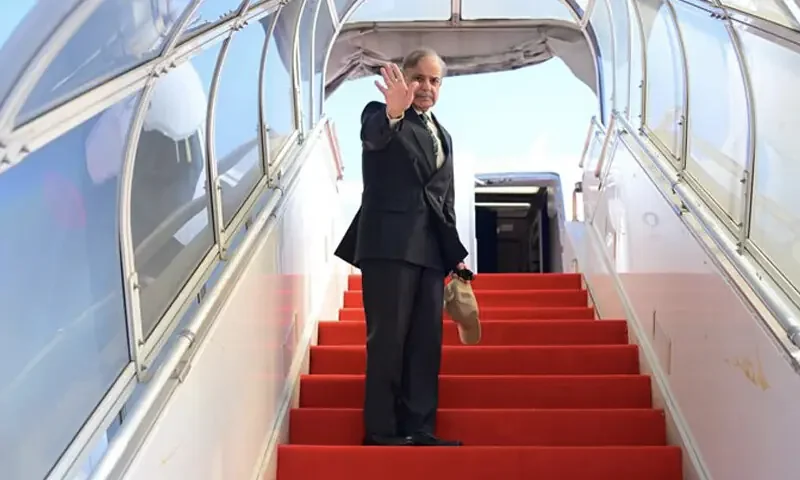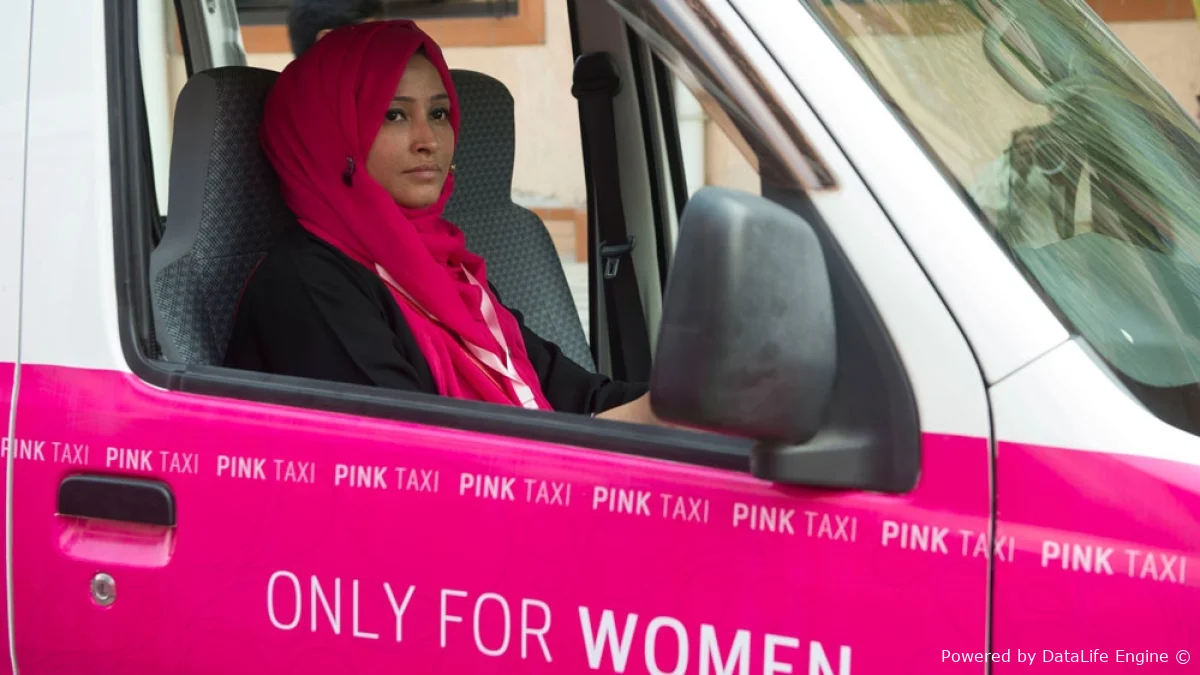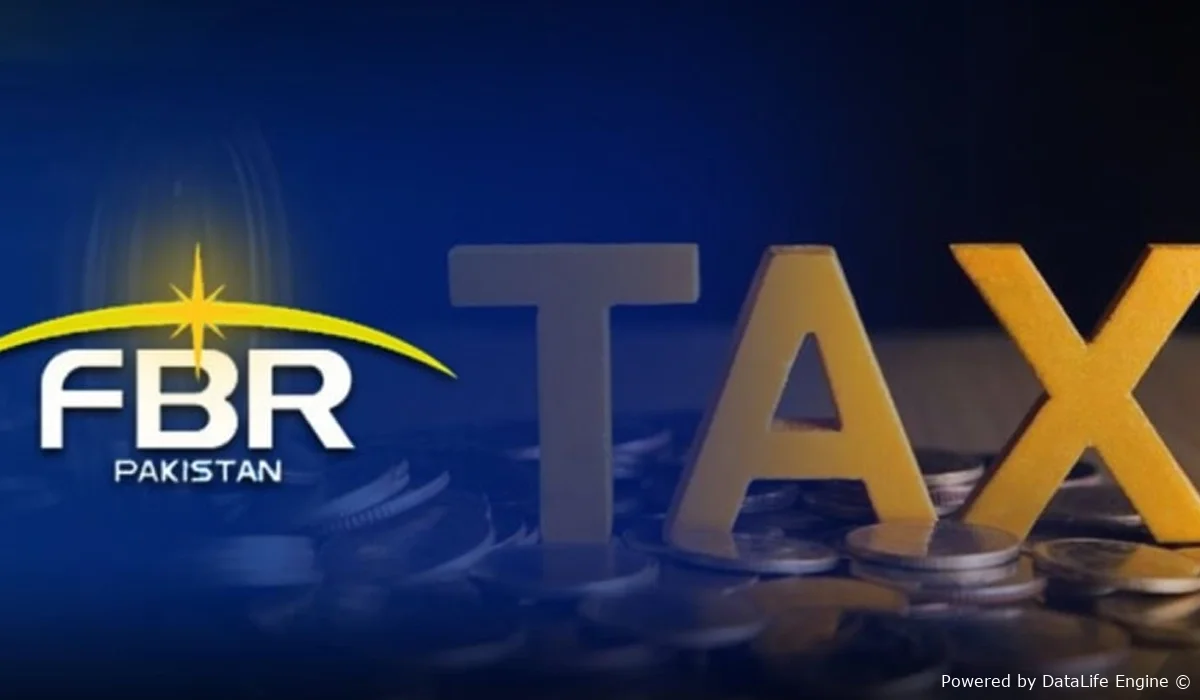The Trump administration has announced that it will restart the Supplemental Nutrition Assistance Program (SNAP), but beneficiaries will receive only half of their normal food assistance payments. The decision comes amid the ongoing federal government shutdown and follows court orders demanding the restoration of funding for the nation’s largest anti-hunger program, which supports more than 42 million Americans.
According to administration officials, the reduced payments will come from the U.S. Department of Agriculture’s (USDA) contingency fund, which currently holds $4.65 billion—about half of the $8 billion typically needed each month to fully fund SNAP benefits. In court filings, officials admitted that depleting this fund would leave no money available for new SNAP applicants, disaster assistance, or as a buffer against potential program shutdowns. The administration also stated that it would not use additional emergency funds, arguing that doing so could divert resources from other child nutrition programs such as school lunch and breakfast initiatives.
This move follows two federal court rulings declaring the freeze on SNAP payments unlawful. The program was halted on November 1 for the first time in its 60-year history due to the government shutdown. Judges John McConnell Jr. in Rhode Island and Indira Talwani in Boston both ruled that Congress had allocated more than $5 billion in emergency funds specifically for such crises. They rejected the administration’s argument that it lacked the authority to use those funds, insisting that the money not only could but must be used to continue SNAP operations.
In response, the administration announced it would partially restart the program, but warned of delays in benefit distribution. Treasury Secretary Scott Bessent told CNN that while SNAP funding might resume by Wednesday, the process is complicated and could take time. State agencies will need to recode their eligibility systems to handle the reduced payments—a process that could take several weeks or even months depending on the state.
The administration’s decision to issue partial payments has been described as a logistical challenge. Many SNAP recipients typically receive their benefits at the beginning of the month, but due to the current disruptions, millions could face delays in accessing funds needed to buy food. Some states, including Arkansas, New Hampshire, and Washington, have pledged to use their own budgets to help fill the gap, but the federal government has stated it will not reimburse them.
Anti-hunger organizations have warned that food banks cannot replace the scale of support SNAP provides. Each month, the program delivers roughly $187 per person in benefits—nearly 39% of which go to children and adolescents. With federal assistance slashed in half, food insecurity is expected to rise sharply.
Elizabeth Keever, chief resource officer at Harvesters food bank in Kansas City, Missouri, described the situation as unprecedented. “It’s nearly impossible to make up the gap that SNAP is leaving us, but we’re doing everything we can to ease this burden,” she said. “It’s a really scary moment where there’s a lot of uncertainty. The gap is massive, and food banks can’t necessarily fill it.”
Democracy Forward, the legal advocacy group representing nonprofits and cities that sued the government over the SNAP freeze, has vowed to continue pressing for full funding. “It shouldn’t take a court order to force our President to provide essential nutrition that Congress has already approved,” said Skye Perryman, the group’s president and CEO.
Despite the court’s directive and public outcry, the Trump administration has opted for a limited restoration of benefits rather than a full reinstatement, citing fiscal constraints. With millions of Americans now facing reduced food assistance and unclear timelines for resolution, anti-hunger advocates warn that the nation’s most vulnerable populations could experience severe hardship in the weeks ahead.

